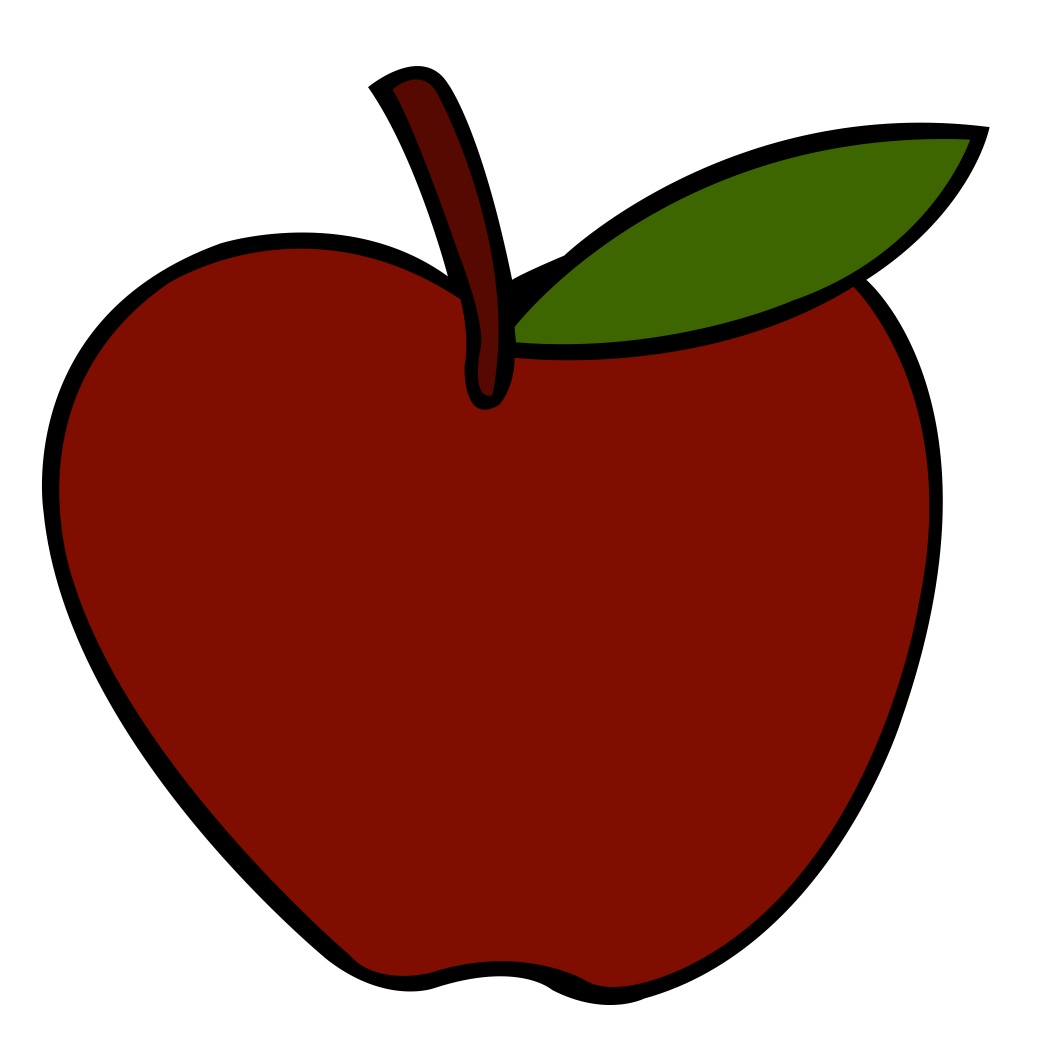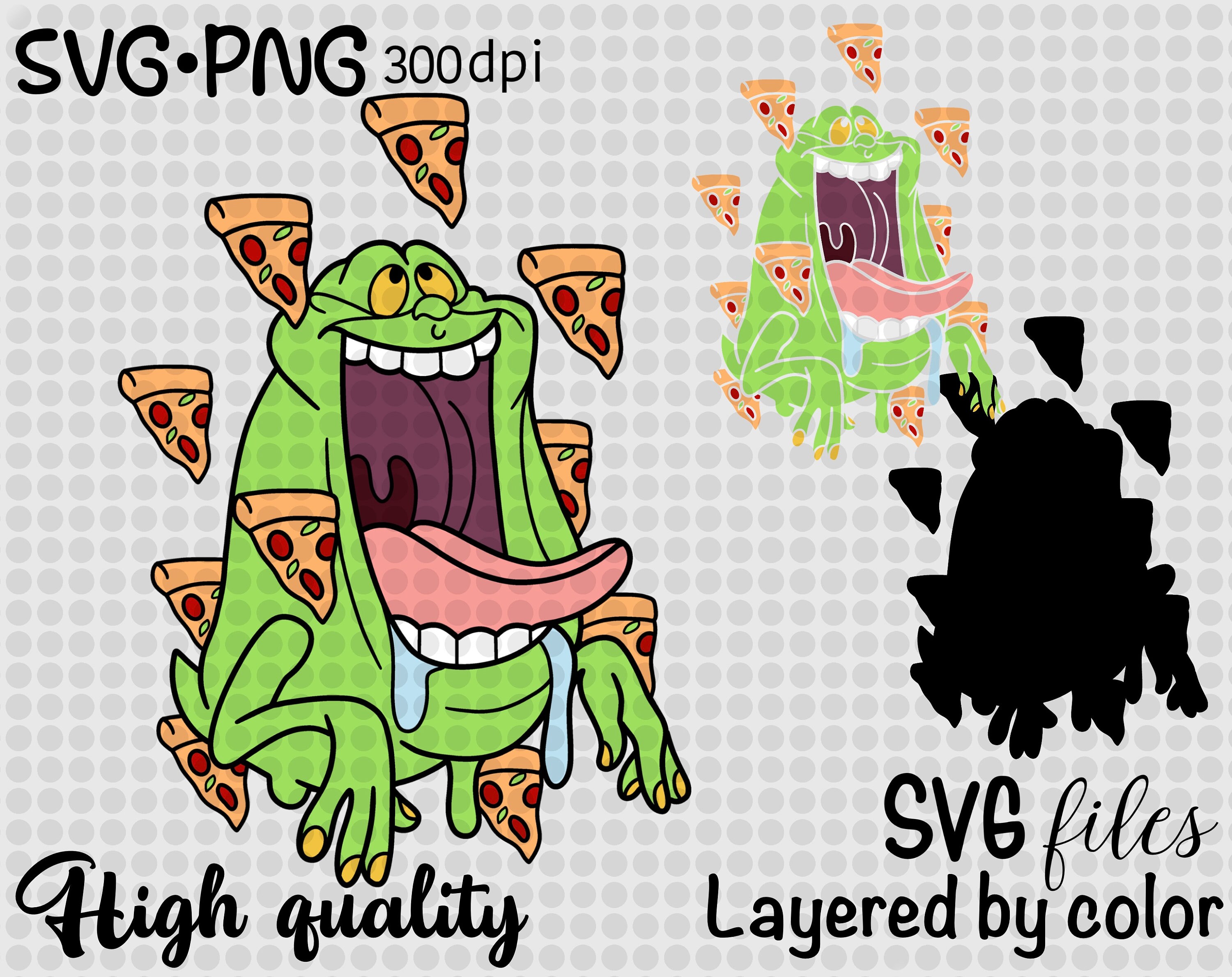

How to Upload an SVG to Cricut Design Spaceīefore we get started with a few different methods for creating SVG files, you may want to see the benefits for yourself! We'll be using these Hand-Drawn Flowers from Envato Elements. This means that your artwork doesn't require any extra work once you import it. Well, if your artwork is saved as an SVG file type, you can simply adjust it based on the size of the T-shirt you are working with.Īnother great benefit of using SVG files in Cricut is that SVG files retain layer data, including transparent backgrounds. For example, if you have a T-shirt project, you will need to adjust the artwork's size so that it fits the shirt.

Why Use SVG Files in Cricut?Īs SVG files can be changed to fit any size, they are very useful when it comes to Cricut projects. So you can create vector artwork and share it in its original lossless form! SVG is a pretty handy file type that any illustrator can make good use of. This gives you the freedom to create artwork at any size and then change the size as needed! Using vector art is essential when working with projects with variable sizes. You can load SVG files in your browser, and they will load in just the same way as other formats such as JPG, GIF, and PNG. As SVGs were made for the web, they're also easy to share online. It can also contain raster information, although this won't be scalable. This means that the graphics in an SVG file can be scaled to any size without a loss in quality. This is a graphics format made for the web which holds vector information. PdfSaveOpts.generateThumbnails = true // defaultįor (var i= to Turn a Picture Into an SVG for Cricut lorCompression = CompressionQuality.AUTOMATICJPEGHIGH Set PDFSaveOptions properties (toggle these comment/uncomment) Var targetFile = getTargetFile(doc.name, '.pdf', destFolder) The SVG should have a single `Layer1` top layer.


* `` elements are converted to layers/OCGs in the exported PDF.Ĭonst destFolder = lectDialog( 'Select folder for PDF files.', '~' ) * Useful for converting SVGs into PDFs, where it is desired that the first level ** Convert an open file in Illustrator to PDF, after removing the first layer. Here's a script that one can use to convert a loaded SVG file into a PDF with the desired layer structure. In case one needs to produce a PDF that is compatible with Adobe standards, and will be loaded correctly in Illustrator, another option is to use the Illustrator scripting API. My other solution, although correct, does not produce a PDF that is compatible with Adobe standards (for example, Illustrator will not see the OCGs as legitimate layers-although strangely, Acrobat will). Regardless, I believe this solves the problem as stated above. Curiously, the same is not the case for Adobe Illustrator (here they are simply "Clip Groups"). If I load "output.pdf" in Adobe Acrobat the layers show. # `fits.Rect` object that contained both `doc_1` and `doc_2`. If that were not the case, I would set `bb` to be a new # box of the output to the same as `doc_1`, because I know `doc_1` contains Note: for me it makes sense to set the bounding # Load "layer_1" and "layer_2" svgs and convert to pdf # Create "Layer1" and "Layer2" OCGs and get their `xref`s """Using this function rather than `fitz`' `convertToPDF` because the latterįills every shape with black for some reason. This is what I'm doing: import fitzįrom import drawToString Since I have control over the input SVG, I managed to solve the problem by parsing two SVGs to PDFs and combining them in separate layers of a new document. I solved my problem as stated here, by following this PyMuPDF issue on Github.


 0 kommentar(er)
0 kommentar(er)
